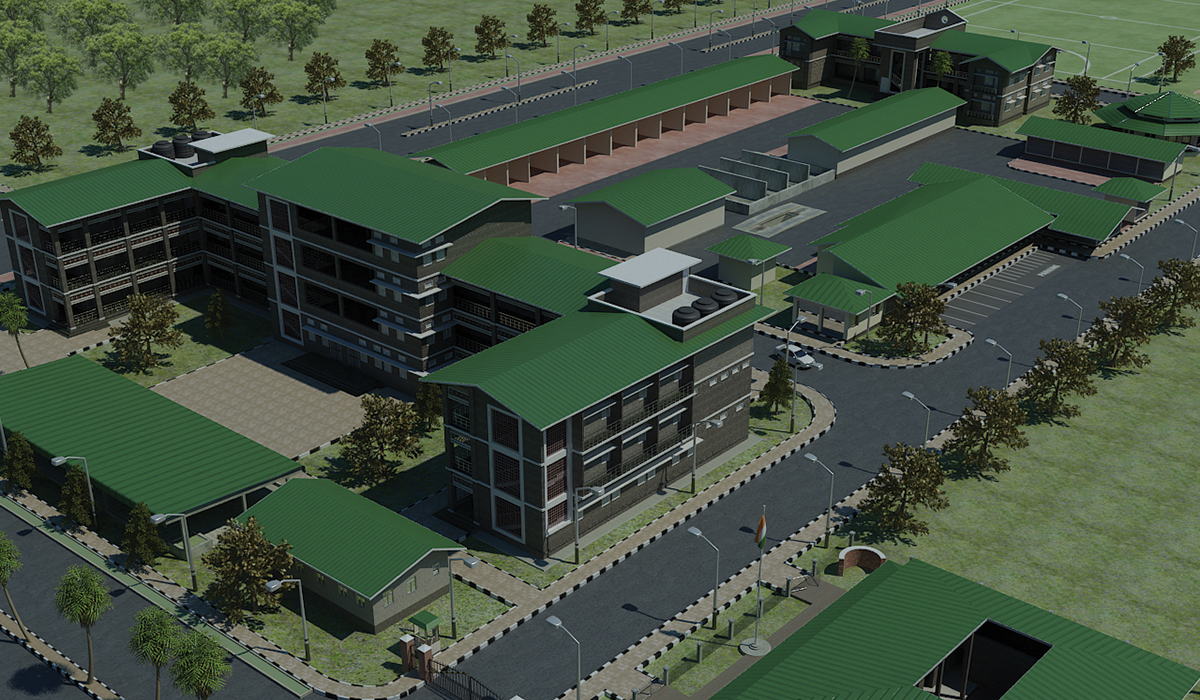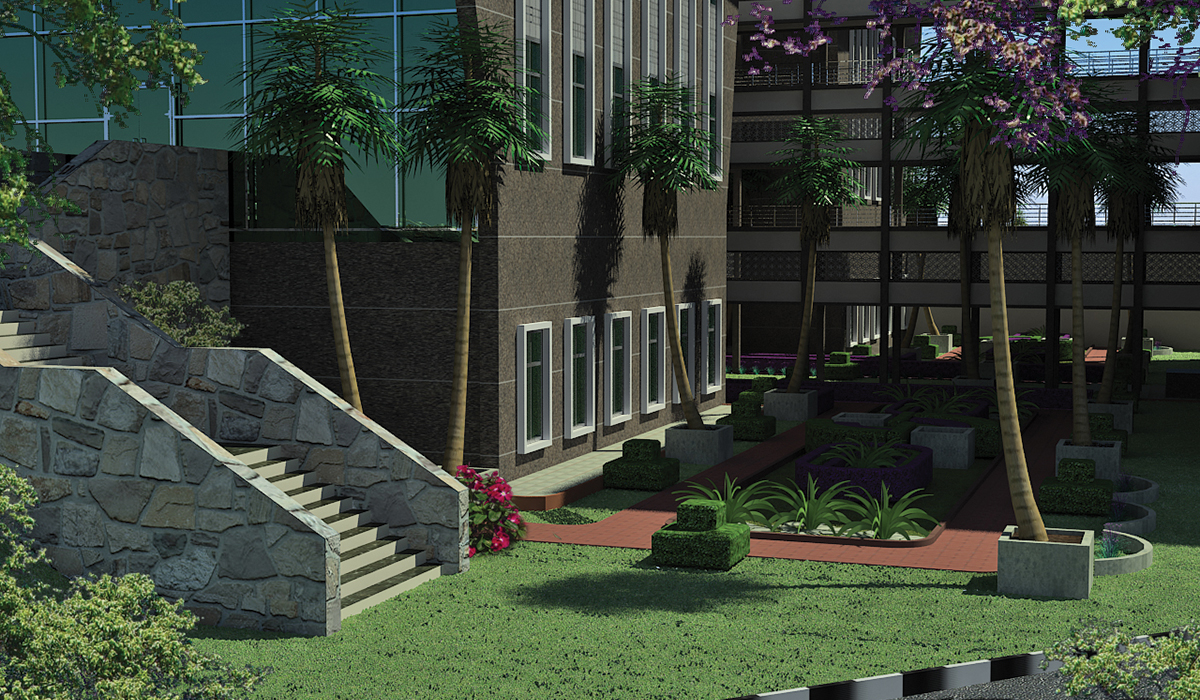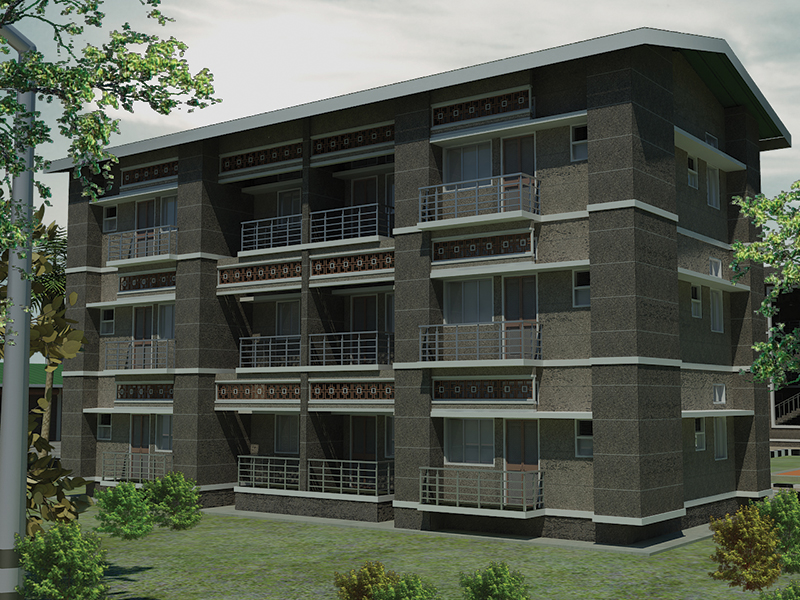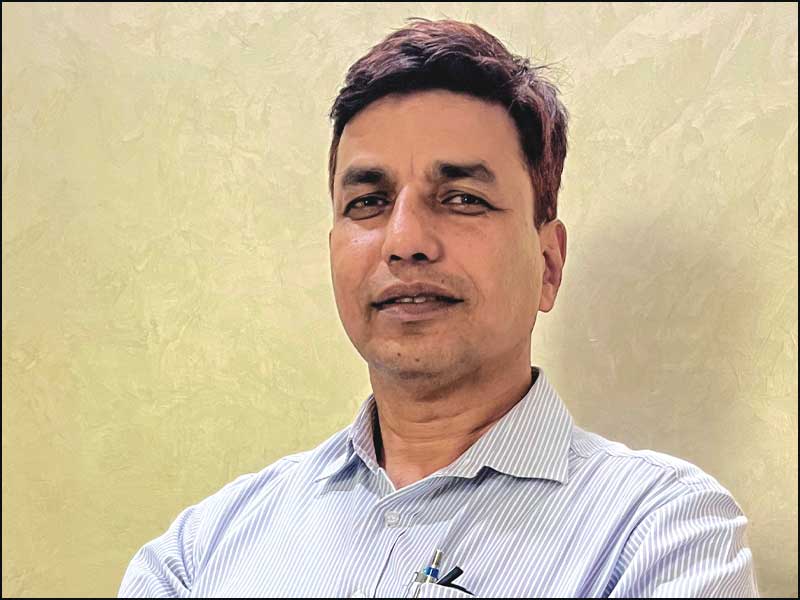Fact File
Name of Project: Likabali Housing Development
Typology: Residential/Housing
Location: Likabali, Assam
Site Area: 230 acres
Built-Up: 1,20,000 sq.m
Name of Client: Indian Armed Forces
Principal Architect: CEM Engineers
Design Team: Sneha Gurjar, Kapil, Krishna Anand, Sunil Gupta
Project Status: Under Construction

India is identified as a global powerhouse due to its regional diversity and the numerous associated economic advantages. For instance, the Northeast (NE) region is of great strategic significance with its proximity to various national borders. Amidst the numerous international border standoffs witnessed lately, the Housing development at Likabali, located at the Assam border, is a part of a bigger plan for securing the Northeastern region of India by reinforcing harmony in the urban context with better connectivity and communication. The upcoming township development aims to develop a unified infrastructural framework with a structured approach towards regional stabilisation.
Spread over 250 acres, the site is located merely 30 km from the Brahmaputra River, at the eastern Himalayan foothills. With a total built-up area of around 1,20,000 sq.m, the focal point of the master planning has been highlighted with the headquarters building, strategically placed on the central axis of the linear site, at its inception. The headquarters’ building has been envisioned as a notable landmark in the region with its placement on the site, form and facade beaming the intended grandeur.
The Northeast has long remained one of the sensitive regions in the country. The problems of political violence, insurgency, migration pressure, inter-state disputes and underdevelopment have remained integral to the region’s economic development. This self-sustained township project constitutes the supporting infrastructure and aims to distinguish itself as a benchmark for providing a stable approach to the disrupted infrastructural development in various remote regions of the country. Additionally, it takes away from the insecurities of the inhabitants and re-instills a much-required sense of belonging within the residents, providing them with employment opportunities, and thereby adding to the economic development of our nation as a whole.
Sneha Gurjar, CEM Engineers
The integrated planning houses a centrally located officer’s mess, well connected to various residential blocks and recreational facilities such as the religious institute and the various sports and activity infrastructure. Additionally, a 200-bed hospital adds to the self-reliant integrated township project, bringing the much-required healthcare infrastructure in the isolated region. The site planning is complemented with efficient landscape planning that resonates with the building design language to provide a sense of order, symmetry, and clear views wherever required. Native tree species are planned to populate the overall site, with plenty of natural irrigation available in the form of rainwater.

The adopted architectural expression is in synchronisation with the local architecture and the prevailing climate in the region and has been implemented in all the built forms cohesively. Considering that the area witnesses some of the fiercest and most thunderous downpours in the country for 7-8 months, the blocks are designed with sloping roofs ranging from 15 to 30 degrees, depending on the scale of the building and visual aesthetics. This also adds to the provisions for rainwater harvesting.

Keeping sustainability at the forefront, the entire complex has been envisioned as an environment-friendly campus, with the form responding to an array of climatic and natural conditions. The sourcing of local material near the site and the use of naturally found material with a low embodied energy have also enabled us to root the project’s architectural expression in the vernacular grammar. The blocks are aligned linearly on the east-west axis to avoid unnecessary glare and overheating from the west sun and acquire the maximum-reflected north light. The orientation also accentuates a steady wind flow required to regulate wind in the region’s humidity-infused air.
To combat the problem of solar heat gain, cavity walls and double-ventilated rooftops are implemented within the blocks that are particularly used during the day hours. Moreover, reusable metal formwork and scaffolding are used instead of wood as a measure of sustainable construction practice.
















